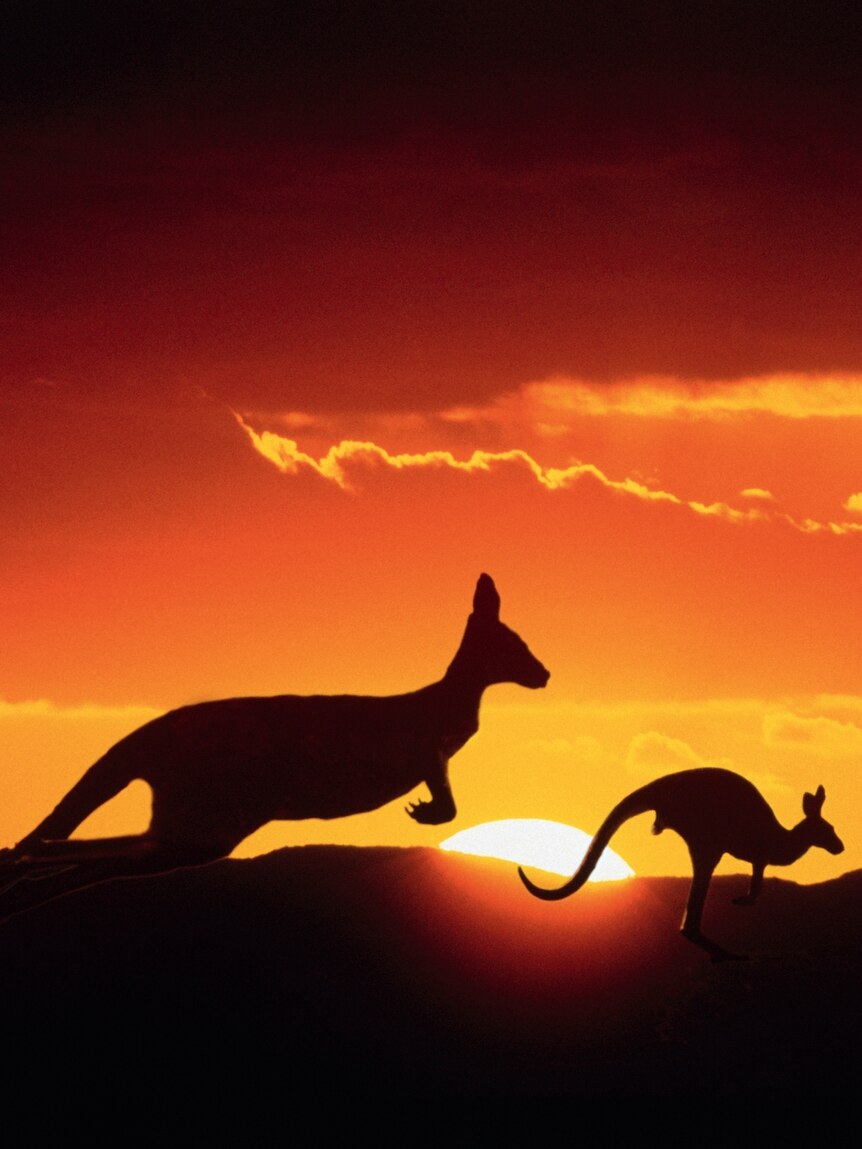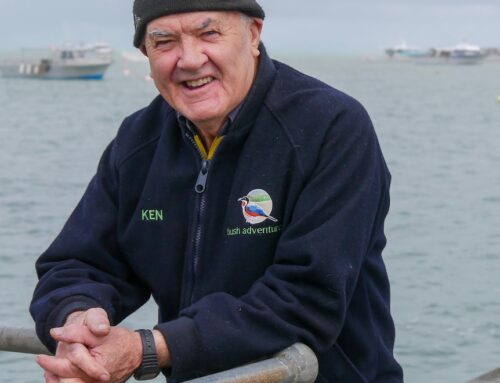More than 40 per cent of the land surface of the Earth needs protecting if we are to maintain current levels of biodiversity on the planet.
Key points:
- Researchers mapped the habitat of more than 35,000 animal species across the globe
- They found 64 million square kilometres, or 44 per cent of the Earth’s land surface, needs protecting to stop the decline in biodiversity
- More than two thirds of that land is already considered environmentally “intact”
That’s the message from an international team of scientists who released a comprehensive global analysis of animal habitat today in the journal Science.
The study, which the authors call a “conservation plan for the planet”, mapped the distribution of more than 35,000 animal species across the globe and identified the minimum range required to conserve them.
The researchers found that a total of 64 million square kilometres, or 44 per cent of the Earth’s land surface, needs to be protected from development if we are to halt the current decline in biodiversity.
The United Nations Aichi target 11 set out to protect 17 per cent of the planet by 2020.
However, this was largely considered insufficient, according to today’s report authors.
The UN’s post-2020 Global Biodiversity Framework is currently in development, and will set an interim target for 2030 with the stated aim of “living in harmony with nature” by 2050.
Today’s analysis is one of the most comprehensive of its kind and can help in setting effective conservation targets, according to study co-author, ecologist, and conservation biologist April Reside from the University of Queensland.
“This study is one of the more comprehensive because it covers so many species — more than 35,000, which is a phenomenal effort.”
Large areas of ‘intact’ habitat exist in Australia, Canada
While 64 million square kilometres sounds like a huge amount of land, we’re not starting from scratch.
Researchers mapped how much of that land was intact, already under some form of protection agreement, a key biodiversity area, or in need of further protection.
Their results showed that about 70 per cent of the land is already considered ecologically intact and includes large swathes of habitat in regions like Australia’s remote interior, Canada, Russia, and Brazil, according to Dr Reside.
In essence, that land already functions as habitat today, and, if protected, would not need significant rehabilitation compared to some more degraded areas.
“What’s really noteworthy about this story is some of the really intact areas — the really big continuous areas — are in some cases in the wealthier countries like Canada and Australia,” Dr Reside said.
But difficulties arise when the rights of people in developing countries to use their land for agriculture or other purposes comes into conflict with the global need for biodiversity conservation.
The researchers mapped several scenarios of future development and found that between now and 2030, about 1.3 million square kilometres of intact habitat will be converted to intensive human use in the worst-case scenario.
Its conversion from habitat to human use would be “devastating for wildlife”, they said.
Most of this threatened habitat is in developing countries, with Africa the continent with the most intact land at risk of conversion to intensive human use.
The researchers note that much of that projected loss is being driven by demand for products in developed countries.
According to environmental policy, conservation, and environmental politics researcher Megan Evans from UNSW, who was not involved in the study, the strength of this report is that it has attempted to quantify how global conservation intersects with human populations in these areas.
However, she said there were a myriad of equity issues that need to be considered in implementing conservation at this scale.
These include the potential for misguided (or mislabeled) sustainable development projects that end up ripping off local people.
Corporate offsets — where corporations buy and lock up land in developing countries to offset their own impacts elsewhere — can also end up displacing locals.
The best thing that wealthier countries such as Australia can do for global conservation is to focus on the impacts of our own industries and habits, Dr Evans said.
“Doing things like cutting out fossil fuels subsidies … and stopping trying to offset our activities overseas … we’re [offsetting] in lieu of cutting our overconsumption, or cutting our reliance on fossil fuels.
“If we wealthy countries don’t walk the talk, then how can we expect other countries to do so?”
Indigenous land management key to conservation
While working out how much of the Earth’s land surface needs to be conserved is an important conversation we need to have, working out the specific details of what that looks like in each place is where the work needs to be done, according to Steve Hemming from Flinders University’s Jumbunna Institute for Indigenous Education and Research.
In many instances, it doesn’t mean excluding people from using and managing land, and instead means putting a value on the role of indigenous land management, Dr Hemming said.
“Wilderness — that’s what colonial powers have assigned to places that seem to them to be uninhabited.”
Many ecosystems suffer after people are excluded from them, and in Australia, we’re seeing the effects of the forced removal of Indigenous people from country, he said.
“Taking people off country doesn’t make country healthy — Indigenous people talk about that — if you take people off country you can see it,” Dr Hemming said.
“Look at eastern Australia’s bushfires; you take people out of the country, they don’t manage and burn it, you end up with a system that’s out of control.
And while today’s research provides a good scientific framework to be having this conversation, the obstacles are often political, Dr Hemming said.
“Certainly in Australia, working with Indigenous people on environmental management, usually the biggest problem is the politicians.
“If the minister is not very supportive in integrating Indigenous management and the environment … then you’ve got a real problem.”
The study estimated about 1.8 billion people currently live on lands it identified as needing conservation.
Dr Reside also said valuing Indigenous land management, both in Australia and internationally, was key to future conservation.
“Given that a lot of these lands are inhabited by people, another good news story is that Indigenous people play a really important role in conservation and they’re already protecting so much of our land across the world,” she said.
Beyond intact lands and areas already under some sort of protection, the study identified 12.4 million square kilometres of land scattered across the globe in need of additional measures to stop its degradation.
That includes significant patches down Australia’s east and west coasts, north-western South America, China, and the United States.
Much of that habitat is under threat from agriculture and urban sprawl, Dr Reside says
“The east coast of Australia is a prime example. There’s lots of land conversion going on for urban development and agriculture,” she said.
“You can see similar stories across the equator and Central and South America as well.”
Space to play or pause, M to mute, left and right arrows to seek, up and down arrows for volume.




